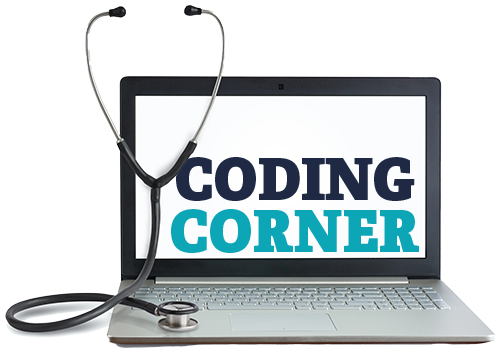 A 66-year-old man with a history of hypertension was admitted to the hospital with chest pain and shortness of breath. He was found to have an acute pulmonary embolism on CT pulmonary angiography (CTPA), and had a complete blood count, basic metabolic panel, and INR. A chest X-ray was done, and an ultrasound of the legs was ordered. You see him on day two of admission.
A 66-year-old man with a history of hypertension was admitted to the hospital with chest pain and shortness of breath. He was found to have an acute pulmonary embolism on CT pulmonary angiography (CTPA), and had a complete blood count, basic metabolic panel, and INR. A chest X-ray was done, and an ultrasound of the legs was ordered. You see him on day two of admission.
You spend five minutes reviewing the labs, CTPA report, and overnight history and physical; four minutes listening to the overnight resident tell you about this patient; five minutes talking about this patient on social-work rounds; 10 minutes speaking to and examining the patient; 10 mins (throughout the day) talking to the nurse about heparinized partial prothrombin time orders and intravenous-line-related issues; and 15 minutes writing your note and putting in orders. You speak to the patient’s sister for 10 minutes. You also spend 30 minutes coming to the hospital and 40 minutes going home.
What level of billing does this qualify for?
This would qualify for level 3 (99233) level of billing. He would qualify based on the 54 minutes spent on his care that day. Travel time here will not be counted. If 50 minutes is met or exceeded for subsequent visits, it qualifies for level 3 billing. The times for 99232 and 99231 are 35 and 25 minutes, respectively. Times for 99221, 99222, and 99223 are 40, 55, and 75 minutes, respectively. Times for 99234, 99235, and 99236 are 45, 70, and 85 minutes, respectively.
Tip
You can choose to bill a patient by time. Preparing to see the patient, obtaining, and reviewing tests, performing a medical examination, counseling and educating the patient and family, ordering tests, medications, and procedures, referring and communicating with other healthcare professionals, documentation, interpreting and communicating test results with the patient and family, and care coordination can be used for billing by time. Remember that travel, teaching, and separately billed activities cannot be counted toward time for billing. n
Dr. Mehta is the medical director and an assistant professor of medicine at the University of Cincinnati Medical Center in Cincinnati.
Multiply this scenario by 15 for a typical day in the hospital. How is it practical to keep track of the minutes you spend on a patient throughout the day? When I am rounding in the hospital I almost never spend much contiguous time on one patient. How does one track and document minutes spent with each patient while dealing with multiple patients all day long during a 12 hour shift? What about all the minutes that come up after I’ve already documented and charged for my time but then more comes up later? This doesn’t seem like something I will ever do.
What is the verbiage required when documenting time based, can you just state how much time you spent or do you need to include what the time was spent on?
Document the total minutes you spent for the day and be as close as possible. Avoid using time ranges such as “60 to 75 minutes”, and do not default to a CPT code’s threshold. Briefly describe the activities that consumed your time, for example- reviewing records from a previous stay, lengthy conversations, or extensive time with orders/coordinating care.
Time should be more of an exception than rule, mainly for the reasons you cited above. For the majority of patients, you’ll be better served by concentrating your documentation efforts on fully describing the complexity of problems you’re addressing, data (lab, rads, interpretations, discussions, etc.) and developing a well-written plan (for risks).
Yes, I agree with all of the comments about how inconvenient it is to keep a track of how long you spent on each patient. It is only one rule of the two that you can use for billing. Most patients will likely have their bills be done using MDM. You could create a way that you could estimate the time you spent on each patient that seems most accurate to you though I agree that this is likely much more convenient in the outpatient world where you can see the clock on the wall.
You do not have to document exactly how much time you spent on each task but should have verbiage on exactly how much time you spent in total (for example: “45 mins”) and the total of the tasks that needed this time. Most systems might make a dot/automatic phrase or such where you can just add in the time component on there. (For example: “total time personally spent today, including face-to-face with patient and/or caregiver(s), as well as non-face-to-face time spent in care coordination, consultation, reviewing records, and documentation was *** minutes”)